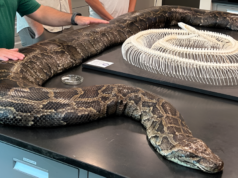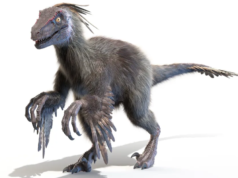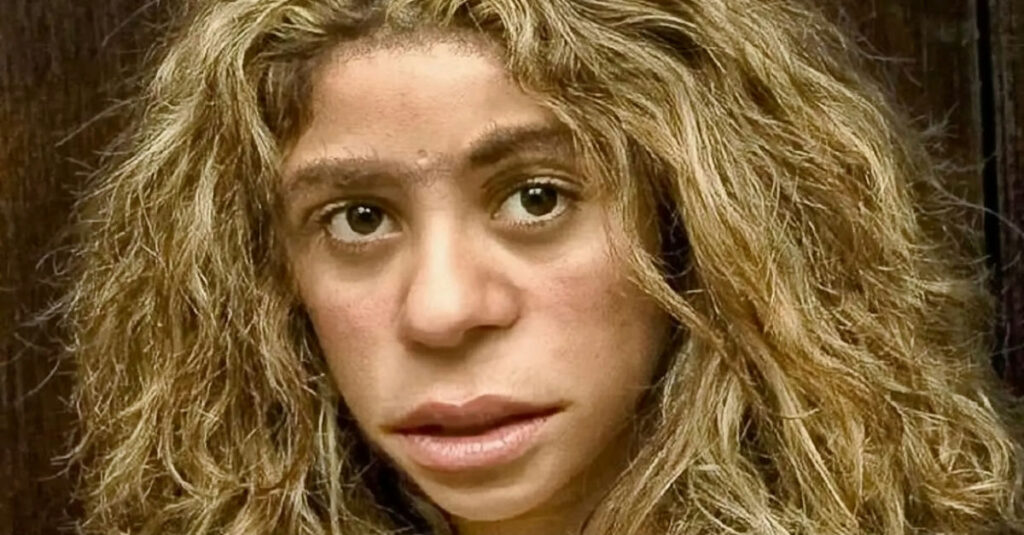
Could a species of tiny, apelike humans still roam the forests of Indonesia? One scientist thinks so. Gregory Forth, an anthropologist with decades of experience, has spent much of his career studying Homo floresiensis, a species of small humans that once lived on Flores Island. While most researchers believe they went extinct around 50,000 years ago, Forth argues that modern sightings may suggest otherwise. His theory has reignited interest in these “hobbit-like” creatures and sparked a new hunt for evidence.
The Discovery of Homo Floresiensis
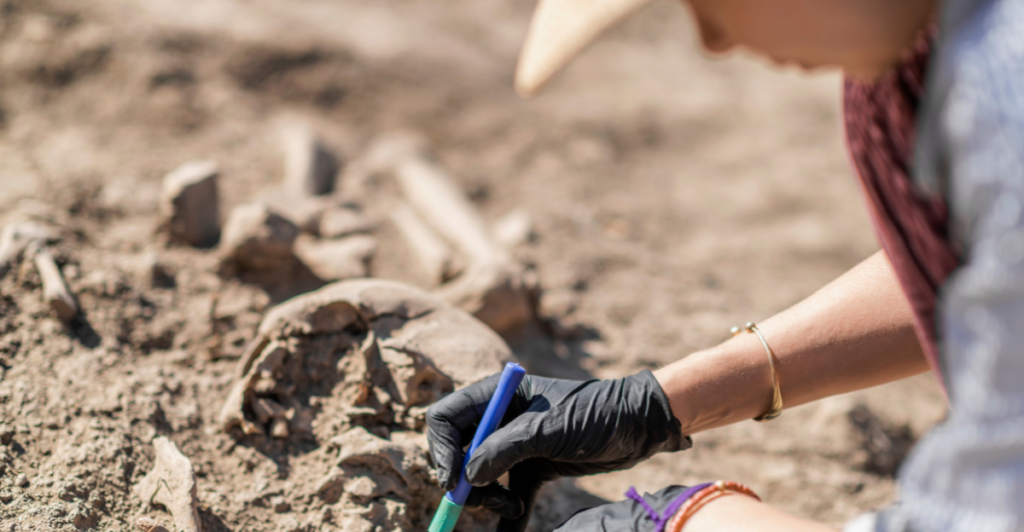
In 2003, researchers uncovered fossils of Homo floresiensis, a diminutive human species, on Flores Island, Indonesia. Standing only about three feet tall, these “hobbits” displayed a mix of human and ape-like traits. The scientific community generally agrees they lived alongside modern humans before going extinct tens of thousands of years ago.
A Smaller Hunt Than Bigfoot
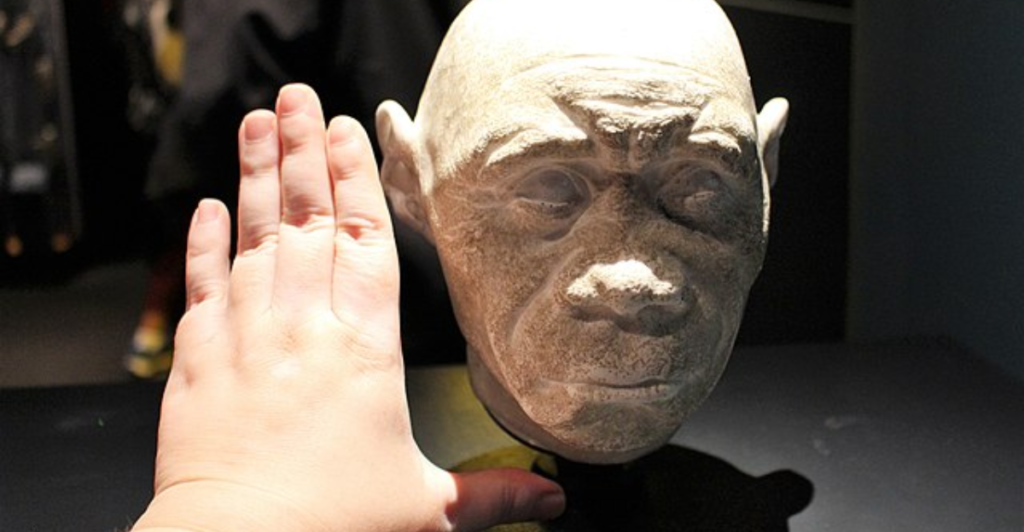
While Bigfoot is the subject of many fantastical tales, Homo floresiensis offers a smaller and potentially more plausible target. Forth’s quest focuses on what locals call the lai ho’a, a creature described as resembling the ancient fossils yet rumored to still roam the island’s remote regions.
Gregory Forth’s Journey
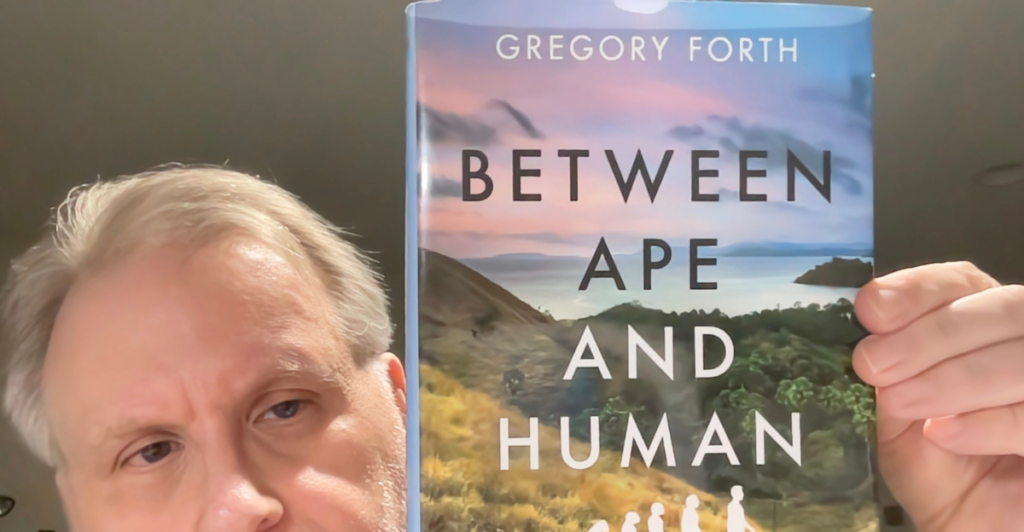
Forth began studying Homo floresiensis nearly 40 years ago, first as a researcher at Oxford University and later at the University of Alberta. His fascination with the species led him to write the 2022 book Between Ape and Human: An Anthropologist on the Trail of a Hidden Hominoid, where he documents his findings and theories about the lai ho’a.
Local Legends Inspire a Theory
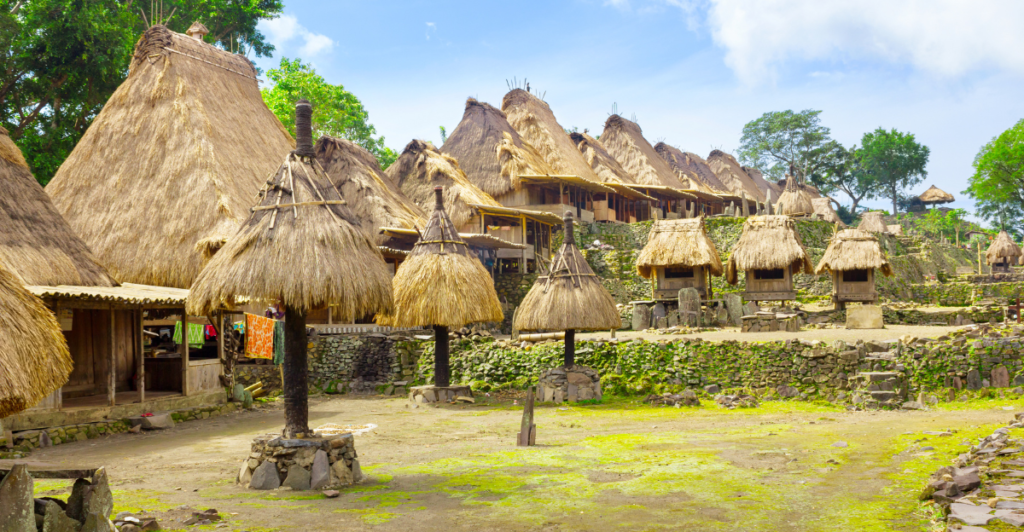
Indigenous Lio people of Flores have long shared stories of small, upright-walking creatures. According to Forth, these descriptions align closely with scientific reconstructions of Homo floresiensis. The creatures are said to be hairier than modern humans, with ape-like faces but distinctly human-like gaits.
Eyewitness Accounts
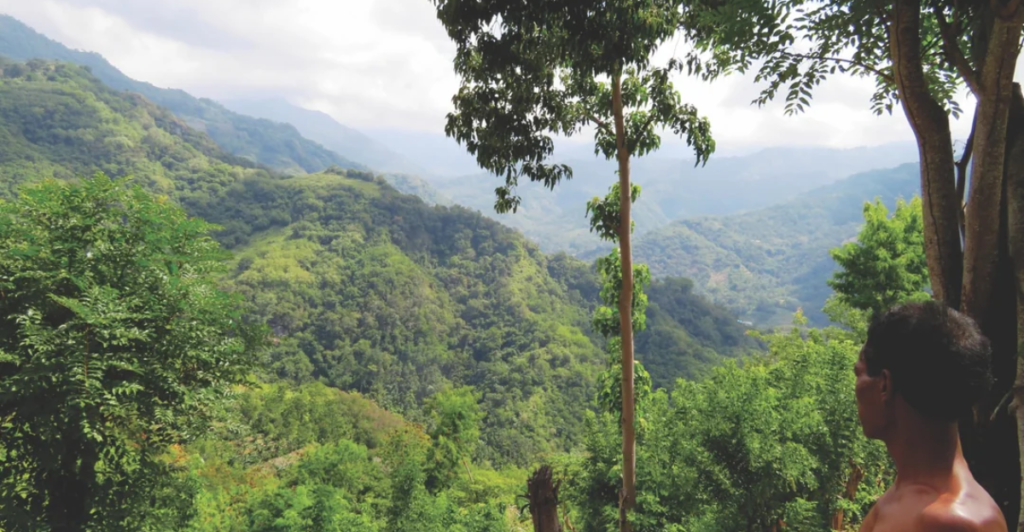
What sets Forth’s theory apart is the accounts from locals who claim to have seen the lai ho’a. “What really interested me is that these figures were said to still be alive,” Forth told The Debrief. Some witnesses even provided detailed descriptions, which bolstered his belief in the possibility of their survival.
A Spark of Hope from Fossils
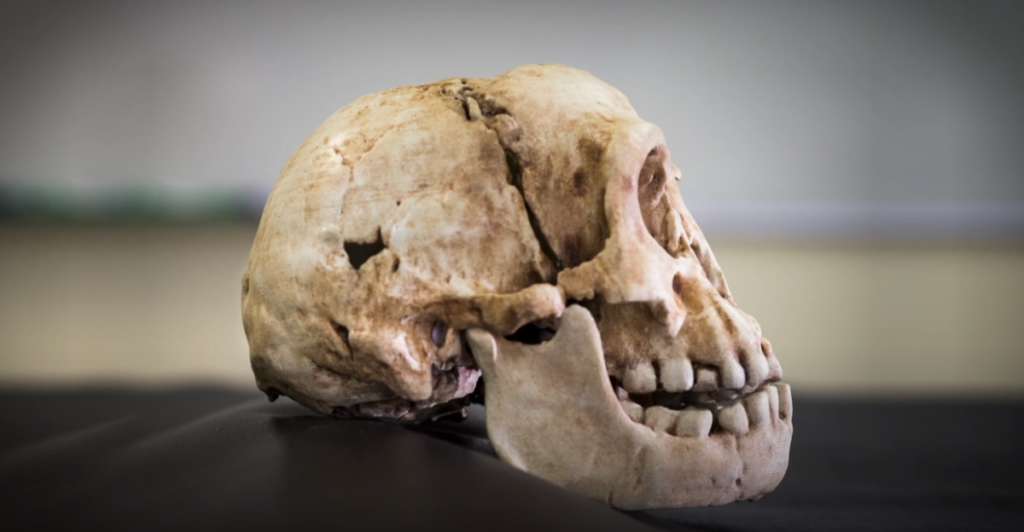
When fossils of Homo floresiensis emerged two decades ago, Forth was struck by how closely they matched local legends. “I was amazed,” he said, “because what paleoanthropologists were describing sounded very much like what the Lio people had been describing to me.”
Could Evolution Be Overturned?

Conventional wisdom suggests that species like Homo floresiensis couldn’t survive unchanged for tens of thousands of years. However, Forth argues that small, isolated populations might evade detection, especially in the dense forests of Flores.
Between Ape and Human
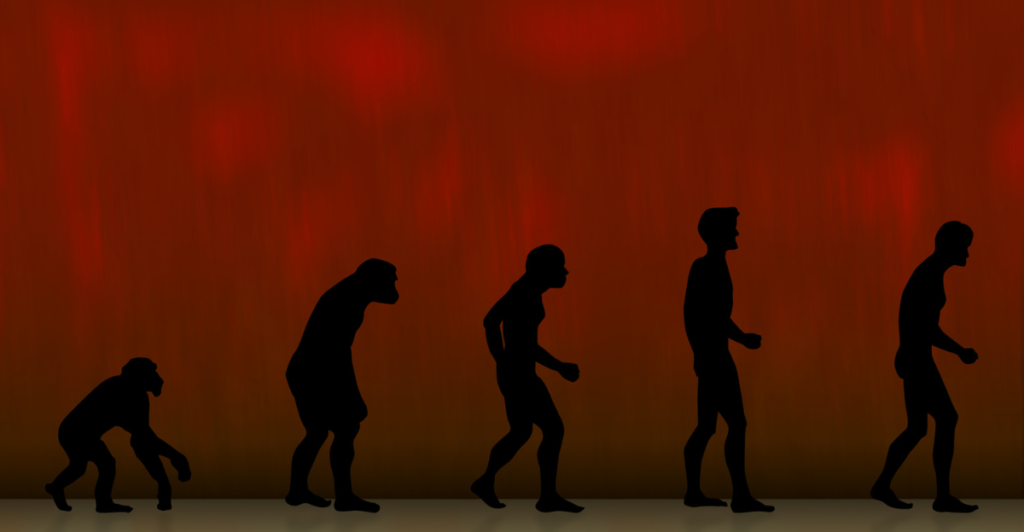
Forth’s book explores the intriguing possibility that these creatures bridge the gap between humans and apes. He believes their unique physical and behavioral traits make them more than mere legends and that they deserve scientific attention.
What Makes the Lai Ho’a Unique
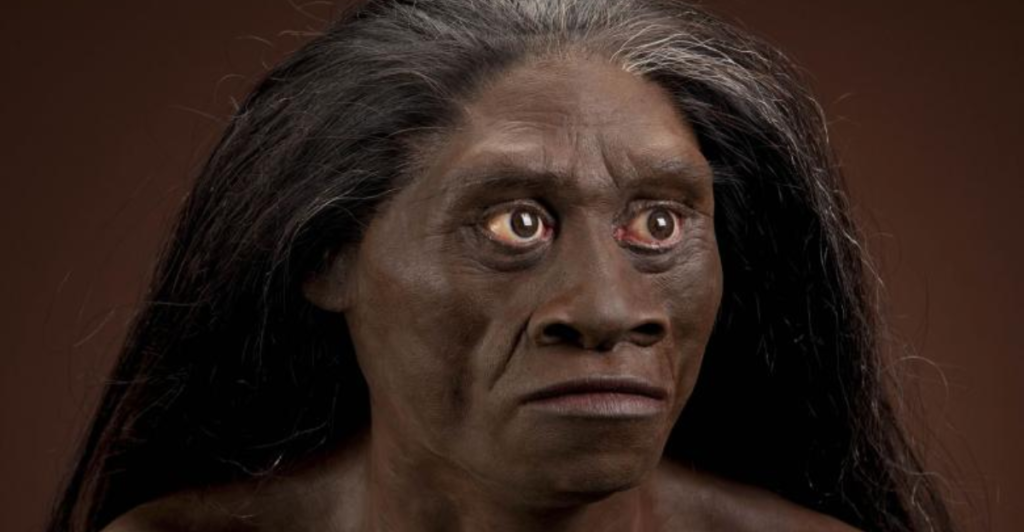
According to local accounts, the lai ho’a possess distinctive characteristics. They are smaller than modern humans, less hairy than apes, and display a curious mix of ape-like and human features. These descriptions, Forth argues, merit further investigation.
Searching for Modern Evidence
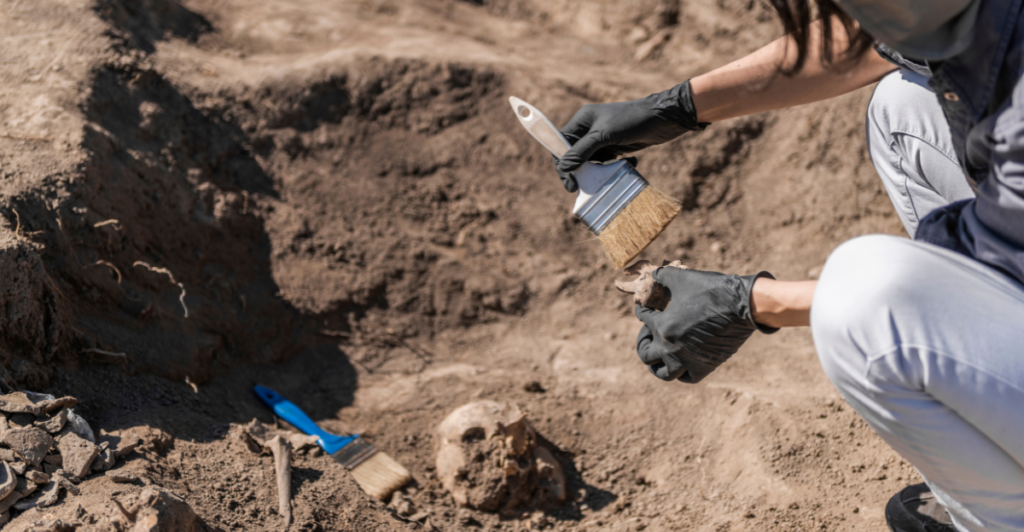
Forth continues to pursue evidence of a surviving Homo floresiensis population. His work involves interviewing locals, analyzing eyewitness accounts, and encouraging scientific exploration of the island’s uncharted regions.
Challenges and Skepticism

Despite the compelling stories, Forth faces skepticism from the scientific community. Critics argue that cultural myths often blur the lines between fact and fiction. Still, Forth remains undeterred, confident that credible sightings could lead to groundbreaking discoveries.
The Hunt Presses On
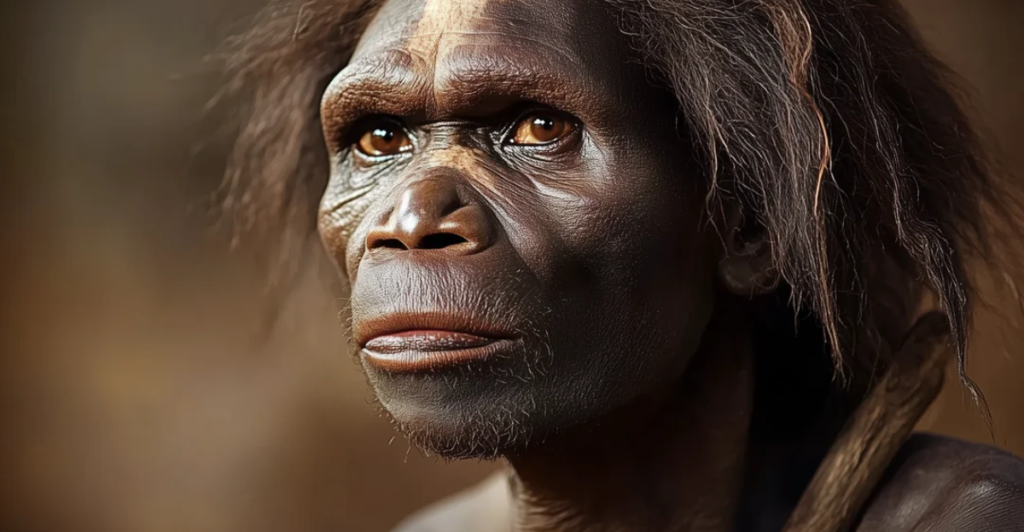
Whether or not the lai ho’a exists, Forth’s work highlights the enduring mystery of Homo floresiensis. Could these tiny humans have survived extinction? For now, the search continues, blending anthropology, folklore, and a sense of wonder about our shared history.
Discover more of our trending stories and follow us to keep them appearing in your feed

Dormant for 800 Years, This American Volcano Is Waking Up
Deepest Hole On Earth Permanently Sealed After 2 Billion Year Old Discovery
Archaeologists Reveal 15,800-Year-Old Ice Age Artifacts – New Insights in How Humans Lived
10 Ambitious Projects Aimed At Resurrecting Extinct Animals And How They’ll Impact Humanity
References:
https://thedebrief.org/a-humanlike-living-fossil-could-still-be-alive-in-indonesia-this-anthropologist-says/
https://www.artoftheancestors.com/blog/between-ape-and-human-gregory-forth
https://www.journals.uchicago.edu/doi/10.1086/725273
Stay connected with us for more stories like this! Follow us to get the latest updates or hit the Follow button at the top of this article, and let us know what you think by leaving your feedback below. We’d love to hear from you!



